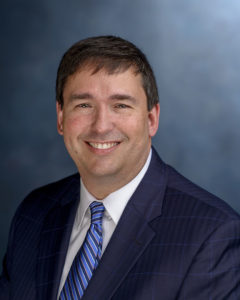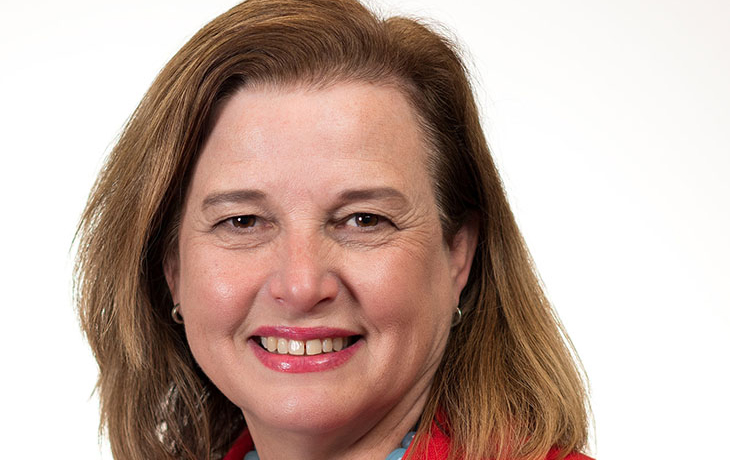
Stephen Pruitt
If a person from the 1950s suddenly were transported to 2017, a lot of the things we take for granted might seem a bit like magic. Cell phones, an international space station, GPS devices and a giant telescope in space that enables us to see so far that we have gotten a glimpse of what the universe looked like when it was young.
Sometimes we forget what all of these technological marvels have in common – dreamers. Before a thing can be made, it has to be imagined.
Dreamers can come from anywhere. In the 1950s, a group of dreamers that just happened to be science fiction authors helped imagine the modern world. Arthur C. Clarke dreamed up the idea of geostationary communications satellites, the very thing that makes modern communications and GPS devices possible. Isaac Asimov in his books both coined the term “robotics” and helped lay the foundation for what we think about robots today. Robert A. Heinlein dreamed up computer-aided design and cell phones decades before either one became a reality.
All of them were dreamers that came up with ideas which scientists built upon to make devices that would change our world.
But in order to be tomorrow’s dreamers, today’s students need to have a sound backing in science, technology, engineering and math (STEM) skills. While we have made progress – such as adopting new science standards in 2013 and the recent release of a new comprehensive science assessment system – work remains.
Girls and minorities are still underrepresented in our career and technical education (CTE) classes. Last school year, more than 1,700 boys took CTE classes that focused on STEM abilities. In that same time period, slightly less than 300 girls took those same classes. Last school year, more than 114,500 white students took advantage of CTE classes. Just more than 12,000 African American students took CTE classes during the same time period.
We need to change our thinking about what career and technical education is. In the past, “vocational education” was considered to be for people who couldn’t make it into a college. Those days are long gone. CTE is no longer a second-place choice.
Students who engage in CTE classes learn many of the skills employers are looking for most in new hires. Their experience with work-based learning gives them insight into how things operate in the actual workplace. Student-directed projects help students learn vital time management skills. And while some of the certificates earned in CTE classes can lead directly to the workplace after graduation, they also can be valuable building blocks for those who wish to continue their education on the community college or university level.
Career and technical education does not lessen a student’s educational choices; it broadens them.
We’ve been working hard at the Kentucky Department of Education to overcome some of the remaining challenges with students taking CTE classes. Students often feel they have to either concentrate on higher academic courses or CTE classes because of the time involved in traveling to off-campus locations where career-tech classes are often held.
Kentucky currently is a finalist for the second phase of the New Skills for Youth Initiative by JP Morgan Chase & Co. If funded, this project will offer more opportunities for all students to take CTE classes by helping establish regional academies that combine both academic and career-tech classes. It’s an idea being tried on a smaller basis at the iLead Academy in Carrollton, where students from five counties can take classes in careers that are forecast to be high-demand for the region.
All of our students are capable of great things if we give them the tools they need to build the future. It is that strong educational background that helps them know the difference between what is and what could be.
We all need to encourage our children, our grandchildren, our nieces and nephews and our students to challenge themselves with high-level math and science courses, Advanced Placement and CTE classes. They are the dreamers of the world in which we all will be living.
So come along, the future is waiting.


Leave A Comment